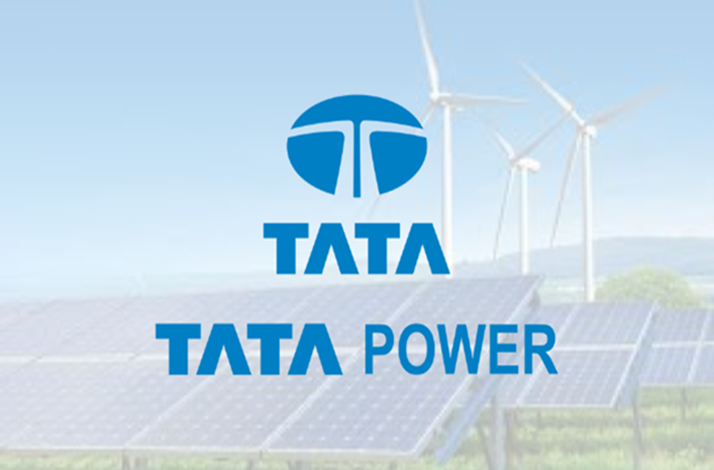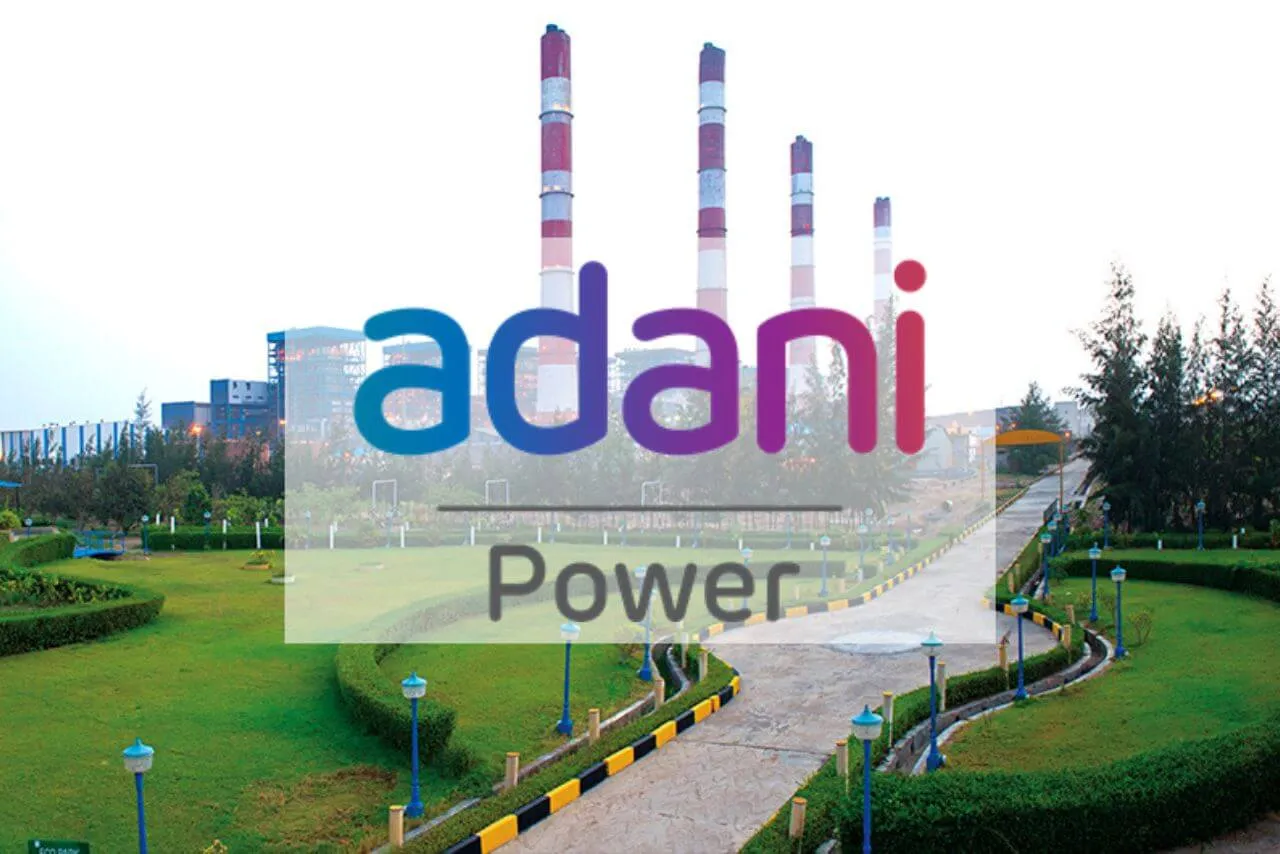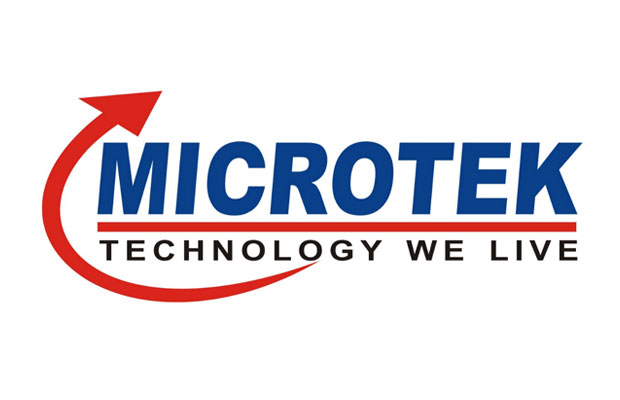Power Optimizers
Power Optimizers: Essential for Maximizing Solar Panel Efficiency
Power optimizers are a pivotal component in modern solar photovoltaic (PV) systems, designed to enhance the efficiency and manageability of solar panels. By adjusting the voltage of individual solar modules, power optimizers ensure that each panel operates at its peak potential, significantly improving the system's overall performance
Understanding Power Optimizers
Power optimizers are advanced modules that attach to each solar panel in a PV system. They work by performing maximum power point tracking (MPPT) for each panel individually, which helps to overcome the challenges posed by partial shading or different orientations.
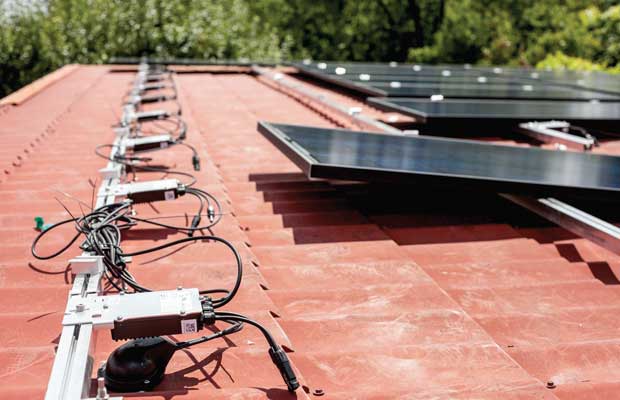
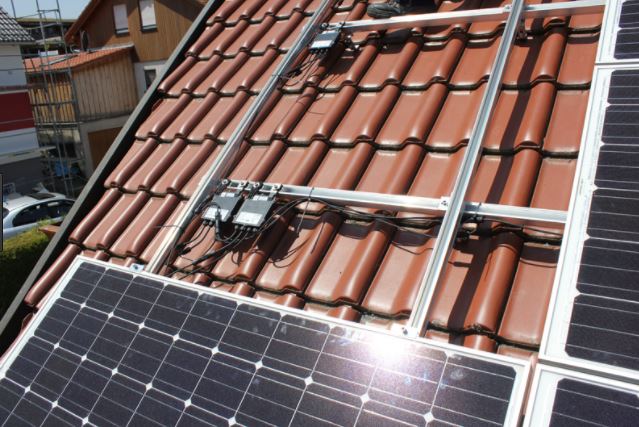
Benefits of Installing Power Optimizers
Increased Energy Production
Power optimizers enable each panel to operate independently, which means that the performance of one panel doesn’t drag down the performance of others. This is particularly beneficial in scenarios where panels are installed across areas with variable sunlight exposure.
Enhanced Monitoring and Control
With power optimizers, homeowners and facility managers can monitor the performance of each individual panel through a connected inverter system. This granularity allows for precise troubleshooting and maintenance, ensuring higher uptime and reliability.
Improved Safety
Power optimizers improve the safety of solar installations by providing features such as rapid shutdown, which de-energizes the panels in case of an emergency or maintenance, reducing the risk of electrical accidents.
Integrating Power Optimizers with Inverter Technology
While power optimizers are not inverters themselves, they are often used in conjunction with string inverters. They preprocess the electricity generated by the panels, which allows the inverter to operate more efficiently with a consistent voltage input.
Ideal Applications for Power Optimizers
Power optimizers are an excellent choice for residential, commercial, and industrial solar installations, especially in environments where shading or panel orientation varies significantly across the installation site.
Selecting the Right Power Optimizers for Your System
Choosing the right power optimizers involves considering factors such as compatibility with existing PV modules, the specific challenges of your installation site, and the overall goals for your solar energy system. Working with a qualified installer can help determine the best configuration for your needs.
FAQ
If you don't see an answer to your question, you can send us an email from our contact form.
Send EnquiryPower optimizers are module-level electronics that are attached to solar panels to maximize their energy output by constantly tracking the maximum power point (MPP) of each panel. Unlike traditional inverters, power optimizers condition the power at the panel level, which can then be converted from DC to AC by a central inverter.
Power optimizers adjust the voltage and current of the solar panel they are attached to, ensuring that each panel produces its maximum power output irrespective of the performance of other panels in the array. This is particularly useful in partially shaded conditions or on roofs with multiple orientations.
Power optimizers are not necessary for all solar installations but are beneficial in scenarios where panels are likely to experience variable shading or are installed facing different directions. They are also useful for maximizing energy production in limited space or when individual panel monitoring is desired.
While both power optimizers and microinverters optimize the output of individual solar panels, they differ in function. Power optimizers condition the DC output of each panel to a level that maximizes efficiency before sending it to a central inverter. Microinverters, on the other hand, convert DC to AC directly at the panel. Power optimizers are generally less expensive and can be used with a broader range of inverters.
Power optimizers generally have a long lifespan, similar to the solar panels to which they are attached. Most manufacturers provide warranties of 25 years, matching the warranty period of most solar panels.
Yes, power optimizers can be added to existing solar systems. They are particularly useful for upgrading older systems or systems that experience new shading issues, such as those caused by new construction or tree growth.
Power optimizers require minimal maintenance. They are designed to operate for the lifespan of the solar panel with no need for regular service. Monitoring software can alert you to any issues, which typically only require checking the connections or replacing a unit.
Happy Customer
Our customers have experienced firsthand the improvements in energy output and system management. Below are testimonials showcasing their positive experiences.
